A NASA spacecraft in orbit around Mars has captured fascinating color images of the remains of two defunct spacecraft in their final resting places on the surface of the Red Planet.


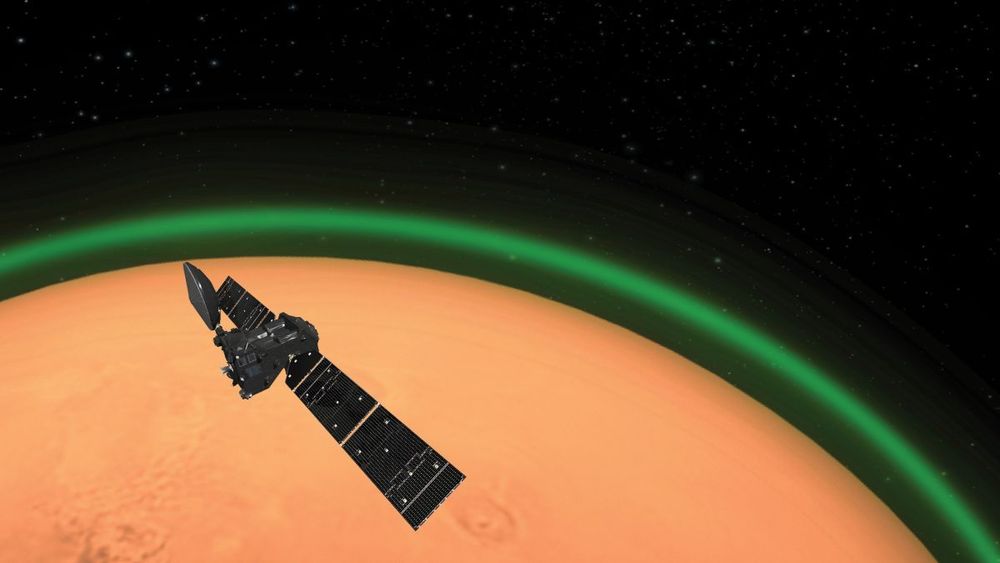
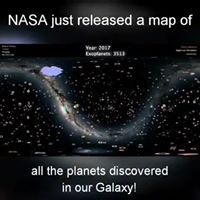
Map of all the #planets discovered in our #galaxy #milkyway 🌌 Credit : #nasa Spacearea52.

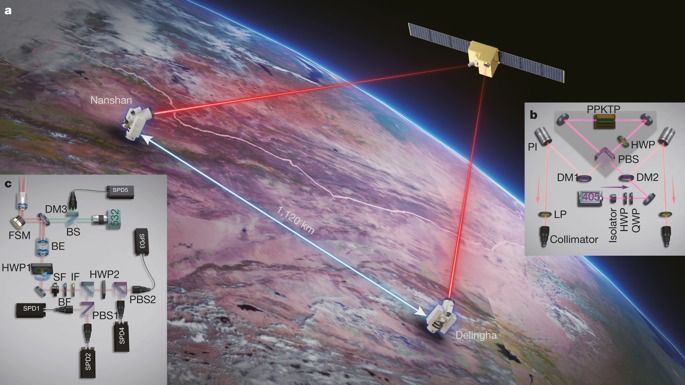
Quantum key distribution (QKD)1,2,3 is a theoretically secure way of sharing secret keys between remote users. It has been demonstrated in a laboratory over a coiled optical fibre up to 404 kilometres long4,5,6,7. In the field, point-to-point QKD has been achieved from a satellite to a ground station up to 1,200 kilometres away8,9,10. However, real-world QKD-based cryptography targets physically separated users on the Earth, for which the maximum distance has been about 100 kilometres11,12. The use of trusted relays can extend these distances from across a typical metropolitan area13,14,15,16 to intercity17 and even intercontinental distances18. However, relays pose security risks, which can be avoided by using entanglement-based QKD, which has inherent source-independent security19,20. Long-distance entanglement distribution can be realized using quantum repeaters21, but the related technology is still immature for practical implementations22. The obvious alternative for extending the range of quantum communication without compromising its security is satellite-based QKD, but so far satellite-based entanglement distribution has not been efficient23 enough to support QKD. Here we demonstrate entanglement-based QKD between two ground stations separated by 1,120 kilometres at a finite secret-key rate of 0.12 bits per second, without the need for trusted relays. Entangled photon pairs were distributed via two bidirectional downlinks from the Micius satellite to two ground observatories in Delingha and Nanshan in China. The development of a high-efficiency telescope and follow-up optics crucially improved the link efficiency. The generated keys are secure for realistic devices, because our ground receivers were carefully designed to guarantee fair sampling and immunity to all known side channels24,25. Our method not only increases the secure distance on the ground tenfold but also increases the practical security of QKD to an unprecedented level.
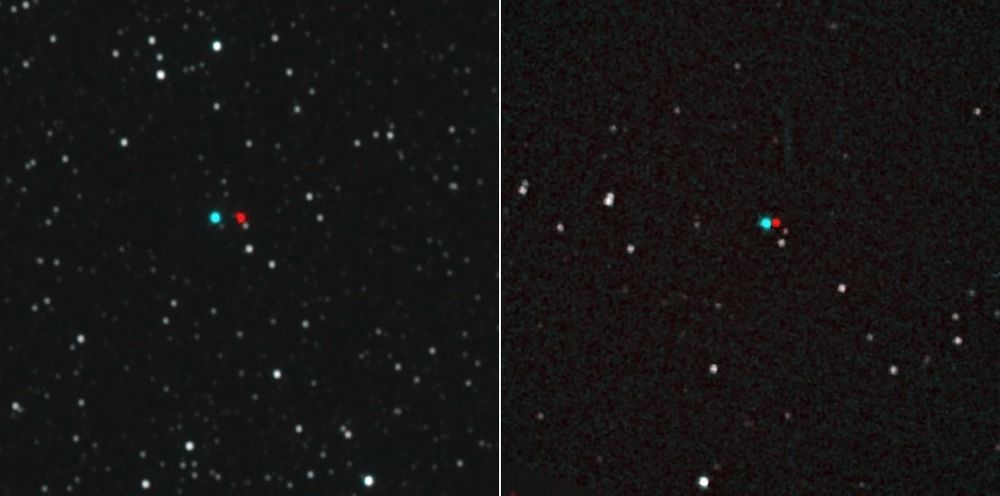
In July of 2015, the New Horizons spacecraft made history when it became the first robotic explorer to conduct a flyby of Pluto. This was followed by another first, when the NASA mission conducted the first flyby of a Kuiper Belt Object (KBO) on December 31st, 2018 – which has since been named Arrokoth. Now, on the edge of the Solar System, New Horizons is still yielding some groundbreaking views of the cosmos.
For example, we here on Earth are used to thinking that the positions of the stars are “fixed”. In a sense, they are, since their positions and motions are relatively uniform when seen from our perspective. But a recent experiment conducted by the New Horizons team shows how familiar stars like Proxima Centauri and Wolf 359 (two of the closest stars in our neighbors) look different when viewed from the edge of the Solar System.
Located in the constellation Leo, Wolf 359 is an M-type (red dwarf) star that is roughly 7.9 light-years from Earth. It can be found close to the same path the Sun follows through the sky (the ecliptic), but can only be seen with a telescope. And if you’re a Trekkie, you might recognize the name since it was where that major battle with the Borg took place (don’t act like you don’t know!)
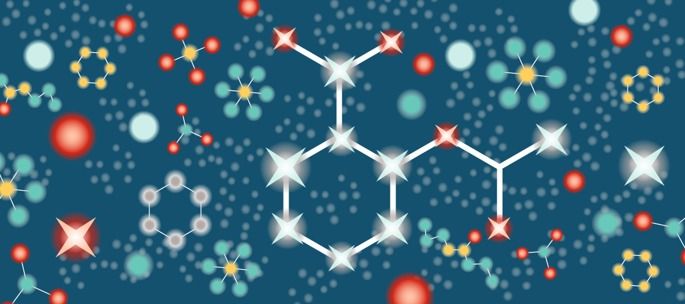
Rational design of compounds with specific properties requires understanding and fast evaluation of molecular properties throughout chemical compound space — the huge set of all potentially stable molecules. Recent advances in combining quantum-mechanical calculations with machine learning provide powerful tools for exploring wide swathes of chemical compound space. We present our perspective on this exciting and quickly developing field by discussing key advances in the development and applications of quantum-mechanics-based machine-learning methods to diverse compounds and properties, and outlining the challenges ahead. We argue that significant progress in the exploration and understanding of chemical compound space can be made through a systematic combination of rigorous physical theories, comprehensive synthetic data sets of microscopic and macroscopic properties, and modern machine-learning methods that account for physical and chemical knowledge.
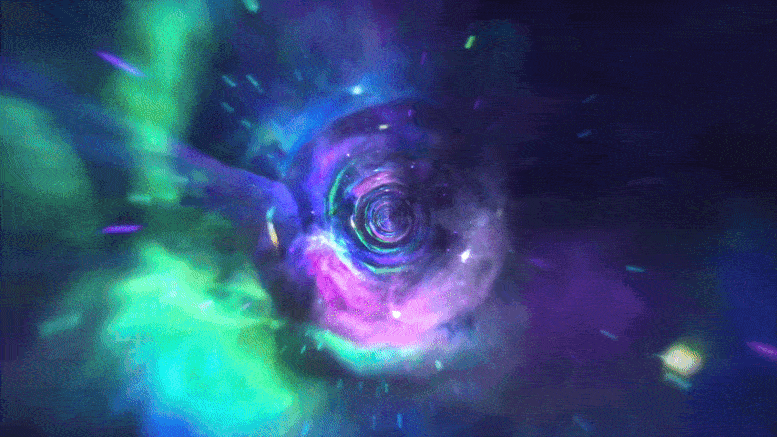
An international collaboration of scientists has recorded the most accurate confirmation to date for one of the cornerstones of Einstein’s theory of general relativity, ‘the universality of free fall.’
The new research shows that the theory holds for strongly self-gravitating objects such as neutron stars. Using a radio telescope, scientists can very accurately observe the signal produced by pulsars, a type of neutron star and test the validity of Einstein’s theory of gravity for these extreme objects. In particular, the team analyzed the signals from a pulsar named ‘PSR J0337+1715’ recorded by the large radio telescope of Nançay, located in the heart of Sologne (France).
The universality of free fall principle states that two bodies dropped in a gravitational field undergo the very same acceleration independently of their composition. This was first demonstrated by Galileo who famously would have dropped objects of different masses from the top of Pisa’s tower to verify that they both reach the ground simultaneously.
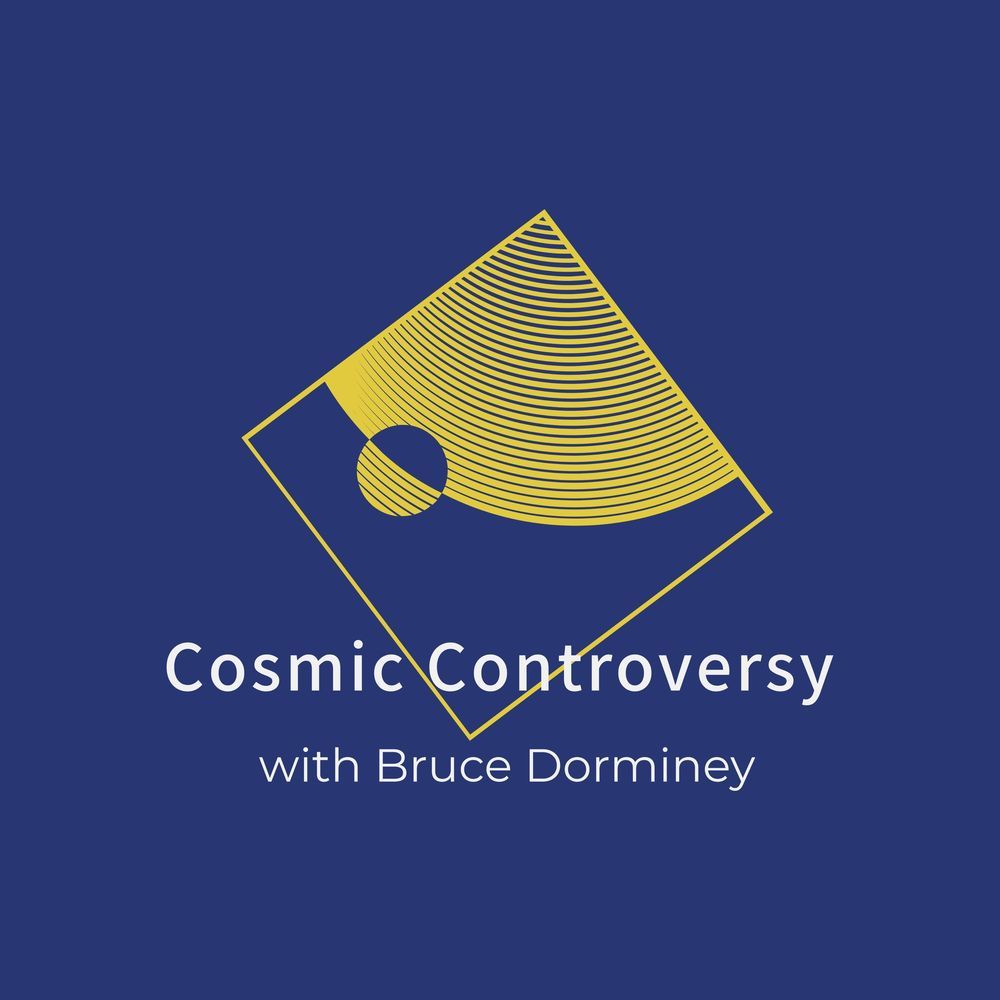
Please listen to the second episode of my new Cosmic Controversy Podcast. This week’s guest is planetary scientist Stephen Kane at the University of California, Riverside, who discusses why Venus is so haunting and beguiling all at once.
In this wide-ranging interview, planetary scientist Stephen Kane of the University of California, Riverside, delves into the mysteries of our neighbor planet Venus. We discuss how Venus went wrong and why understanding its evolution is so important in characterizing extrasolar planetary systems like our own.
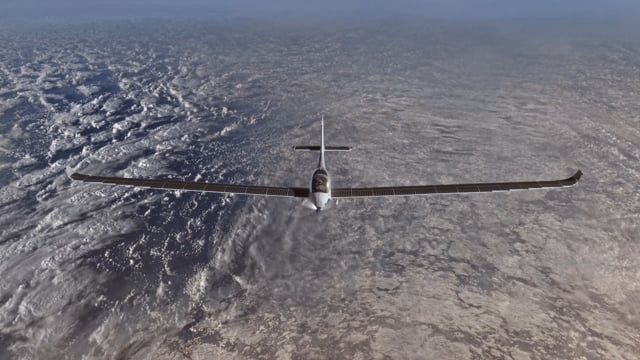
The SolarStratos will gain its power from 240 square feet of solar panels on its wings.